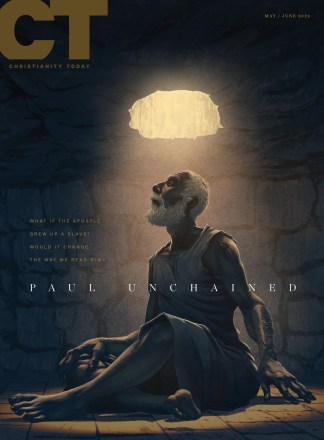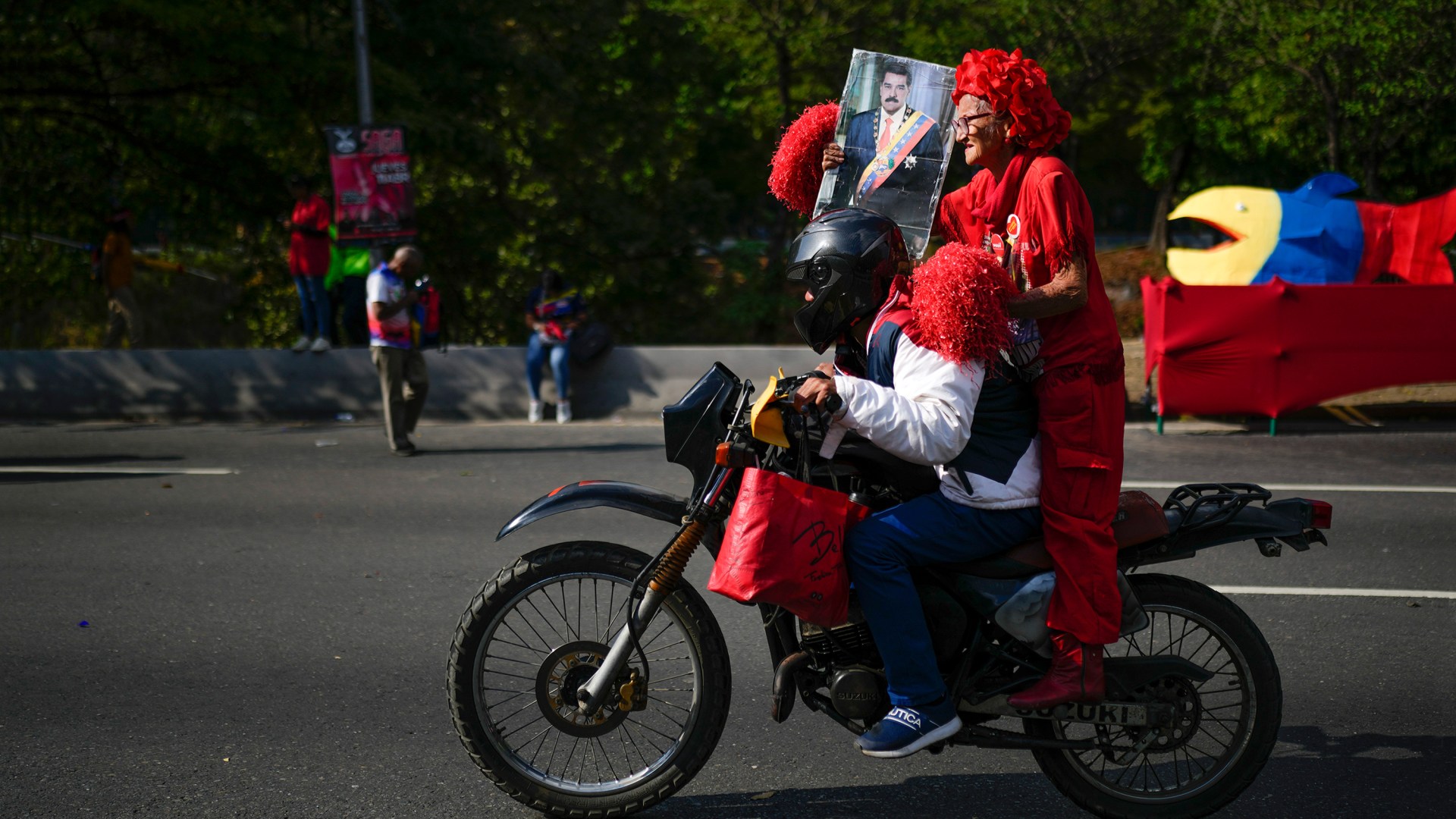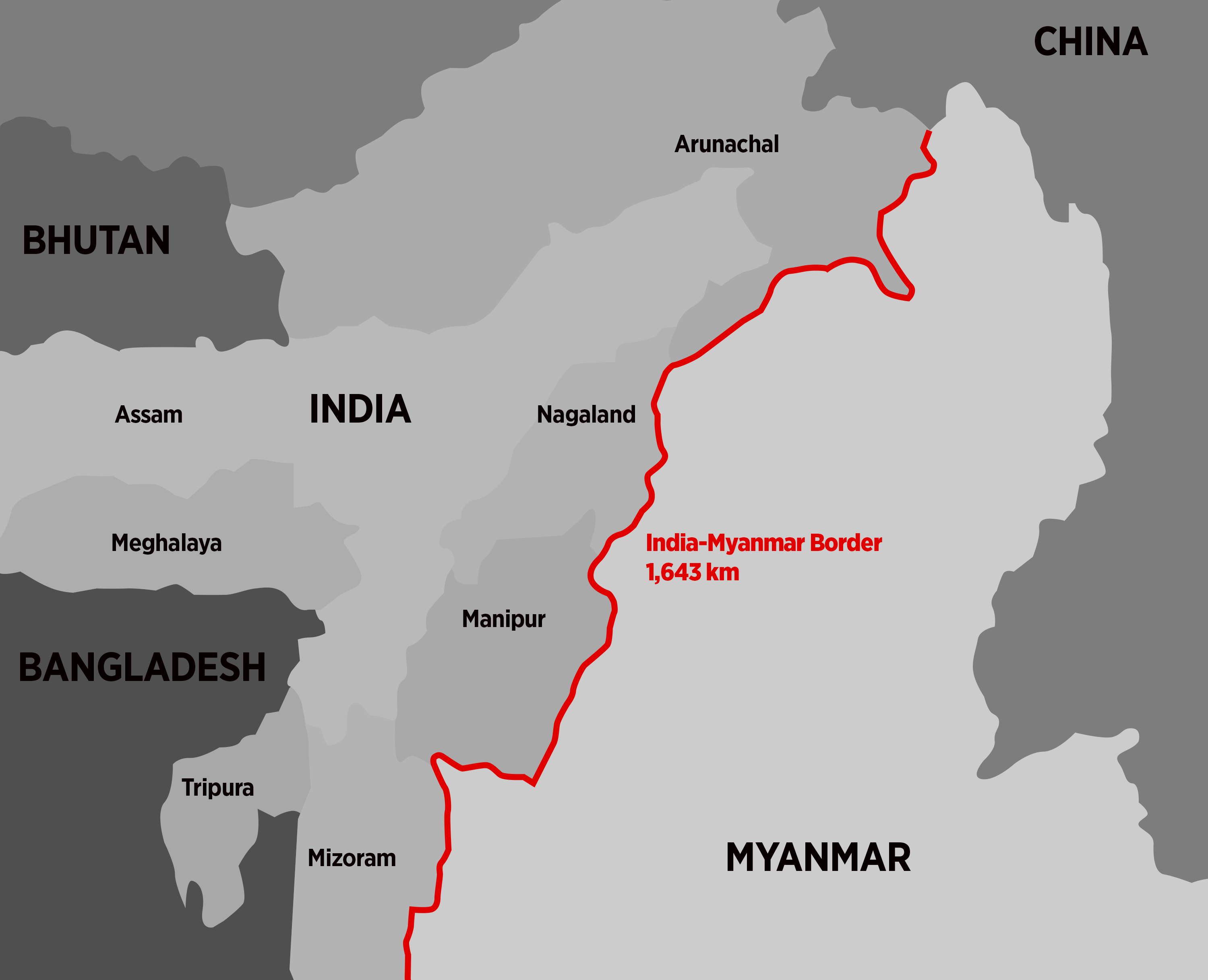Christian theology consistently holds together truths that seem to want to fall apart: Jesus is fully God and fully human. People are sinners and created in the image of God. The church is local and universal.
And yet, despite what we affirm, in practice, Christians are often unable to walk and chew gum at the same time. Instead of holding two truths in tension, we tend to slide to one side or the other, distorting it in the process. We treat Jesus either as an invulnerable, transcendent being or as a mere prophet. We speak as if humans are either so degraded we are capable of nothing but sin or mostly fine with a few rough edges. We think of the church as if it were only our own sect or we minimize the local congregation.
Evangelical theologians have done great work in Christology, anthropology, and ecclesiology, respectively, to retrieve those three truthful tensions. But there is a fourth tension yet to be retrieved: All sins ruin us, and yet not all sins ruin us equally.
To start, let us be clear: Sin—however small—is a serious thing. And sin is only atoned for by the work of God in Jesus Christ. But saying that Christ is the only one who atones for all sin is different from saying that all sins do the same kind of work on us.
All sins break the sinner and create havoc around us. And yet the Scriptures consistently depict the sins we do as different, not only in effect on one another but before God. Within the Law, for example, different social remedies are given for different sins, and so are different sacrifices (Lev. 4; Ex. 21). Not everything requires a bull or a goat. Sometimes a dove will do. In the Prophets and Proverbs, God distinguishes—and even prioritizes—certain sins above others, and accounts for differences of intentional versus unintentional (Prov. 6:16–19; Ezek. 45:20).
Jesus names grieving the Holy Spirit in a category all its own (Matt. 12:31) and says some sins put us close to the fires of hell (Matt. 5:22). Paul likewise says that sins committed against our own bodies do particular kinds of damage that other sins do not do (1 Cor. 6:17–19).
Failing to hold these two truths about sin together has led us to moral confusion. For instance, there is a great deal of energy currently devoted to the matter of sexism in American churches. We should not hide the fact that the sin of sexism has done real damage within the church, but how we name that damage makes a great deal of difference.
As the accounting for these wrongs has begun, many discussions have bundled very different sins, lumping together anything from sexually abusive ministers to interpersonal biases. Every sin causes damage and requires repair, but common sense alone tells us these sins are meaningfully different. Raping a woman is not the same as having sexist assumptions about coworkers.
I don’t think that anyone would make the mistake of equating these sins. But once they’re grouped under a single label—sin—confusion sets in, because theologically, evangelicals treat this great range of actions as united in effect: Sin separates us from God, full stop. As we have already seen, this is true; but, in isolation, it misses much of the story. The payoff comes in our ethics. If our theology doesn’t let us distinguish between different sins with different kinds and scales of damage, we will have a hard time coming to appropriately different responses.
How did we get to this place? Part of the difficulty is overreading portions of Scripture—to confess with Romans 3:23, for example, that all have fallen short of God’s glory is not to say that all of the ways we fall short are the same. Saying that “there is no one righteous, not even one” (Rom. 3:10) is different from saying that all unrighteousness is alike in gravity or effect.
This ethos—that all sins are equal in nature—traces itself not to the New Testament but to the Reformation and later eras. Consider John Calvin, who argues, against an older tradition, that all sins—great or small—are damning ones. Or Jonathan Edwards’s contention that all sins by finite creatures are infinite offenses against an infinite God.
While treatments such as these have the effect of helping us to take all sins seriously, they also have the unintended effect of leveling all sins, such that it becomes difficult to say why accidental harm is different from intentional harm or why degrees of harm matter. When we simply frame all sins as damning sins, we ignore how Scripture recognizes that different sins break our relationship with God in different ways and, thus, require different temporal remedies. Christ’s atonement is the singular way that humanity is brought back into relationship with God, but restoring particular people to health requires different forms of repair.
Consider the example here of two disciples, Peter and James. Both disciples, we are told, are present with Jesus in the Garden of Gethsemane, and both flee (Matt. 26:56). But Peter’s flight from the Romans includes an active kind of denial (Matt. 26:69–75). Accordingly, Peter’s three-fold denial is met by Jesus’ three-fold question of whether Peter loved Jesus (John 21:15–17). A deeper and different kind of wound required a different kind of repair.
The older tradition of reflection on this question, seen in the work of theologians including Thomas Aquinas, differs from Calvin and Edwards in at least three important ways. First, it turns on the distinction between sins Christians commit intentionally and those we commit unintentionally. All sins are deviations from God’s will, but the ones we do deliberately are not the same as those we do in ignorance (Luke 12:47–48).
Second, while everyone is inclined toward sin, we are not all inclined to sin in the same way. Some struggle habitually with lust and others with pride. Though both sins lead us to destruction, we would be wrong to say they destroy our lives in the same way. The difference here is not their effect on others but on the nature of the sins themselves, the former being the desire for bodily pleasure and the latter the exaltation of the self above others and God. Lust may very well deform our minds and our desires, debasing us as creatures, but to nurse pride is ultimately to upend the moral universe, placing oneself above God.
And third, different sins require different remedies. To turn back to an earlier example, exposing sexual assault is different from exposing sexist thoughts. Both involve power, objectification, and sex. But they are also different: One is a violent act of will; the other is a mental or cultural habit. One requires legal intervention; the other requires interpersonal amends and discipleship.
Those differences are not only at the human level. God distinguishes between different sins too, and the way forward requires recognizing those differences. That means being able to say that some sins damage us more than others—the sins we deliberately commit are different from those done in ignorance or foolishness. It means understanding that all sin does damage, but different sins do different damage to sinner and victim alike. This recognition would make it easier to see what different responses to sin are needed.
Recovering this tension—that all sins ruin us, and yet not all sins ruin us equally—does not mean veering into the opposite error of self-serving sin ranking, of saying, Thank God, we are not like that tax collector (Luke 18:9–14). On the contrary, it means understanding that God knows each of us by name, knows our particular sins, and knows the particular virtues we need to recover from those sins.
This is the part of sanctification that comes after repentance: The lustful need chastity, the prideful humility, the violent peace, the uncharitable love. Scripture exhorts us to seek all these fruits of the Spirit’s work, which are perfected in the person of Jesus and given as God’s good gifts for particular sinners with particular wounds.
That all are broken by sin is without question. But the future for evangelicals must involve more nuance in our diagnoses, more recognition of the nature of each sin and its damage, and more attention to the slow path of virtue. For absent a remedy that attends to our brokenness in particular ways, we will continue to be like the house swept clean in Jesus’ parable in Matthew 12:43–45: There will be no new inhabitants of virtue to keep manifold demons at bay.
Myles Werntz is the author of From Isolation to Community: A Renewed Vision of Christian Life Together. He writes at Christian Ethics in the Wild and teaches at Abilene Christian University.








































